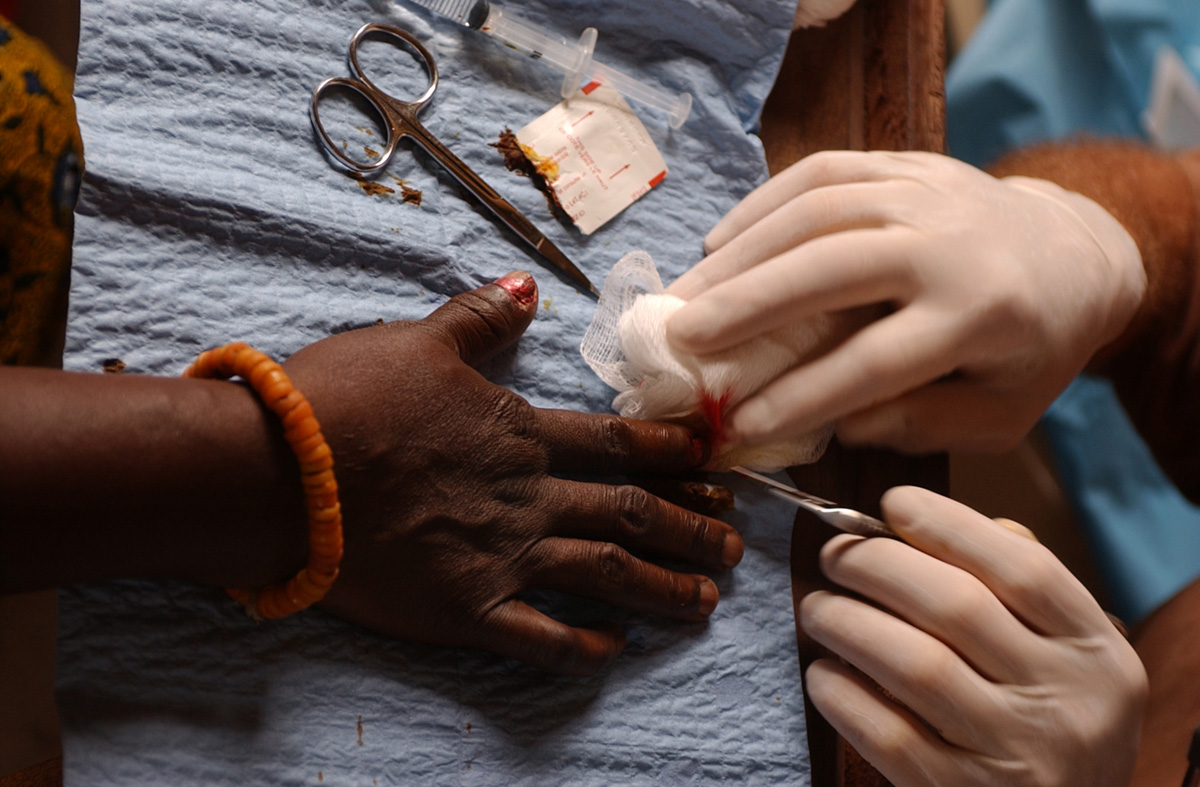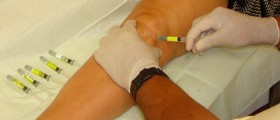
Complications of hand injury treatments
Generally, the most common complication of a hand injury will be the resulting stiffness which is caused by inflammation, swelling and immobility.
In order to help prevent complications from treatments of hand injuries it is important to follow so-called priority-based guidelines.
The priorities for managing and injury are the same whether it is severe or minor. It is first important to establish what the damage is and then remove the bad and reconstruct the good.
Injuries of the upper extremities that are severe, especially that include soft tissue loss, usually have shorter hospitalization terms and the recovery is usually faster, even if surgeries such as primary microvascular free flap surgeries are required.
There are then priorities that need to be followed in the healing process which include circulation paying attention to the bones, and then closing the injury.
Complications occur very often from inadequate supplies of blood to the hand, which can delay the healing process and promote the change of infections.
Aggressive debridement, revascularization and the use of vascularized flaps are all needed in order to improve circulation in times of injury.
Edema is another common complication that arises and can be treated by elevating the hand and activating its range of motion when possible.
The wound of the hand needs to close with a mobile well-vascularized and soft tissue.
Usually stiffness will result in the hand if the healing process is taking too long.
The function properties should also be focused on which include the nerves, joints and muscles of the hand.
Nerve injuries need to be approached very aggressively in order to preserve the ability of the joints and tendons to move accordingly.
Keeping the injured hand active will reduce the chance of developing an edema, build strength in the hand promote bone healing, prevent dysfunctional patterns and reduce the incidence of complex regional pain.
Complications in bandagingThere can also be complications resulting from the improper application of bandages to cover the wounds on the hand. Sometimes overly tight dressings can be a problem, especially the application of tubular gauze, which can produce ischemic pressure complications. Even tight elastic dressings that are not that tight can lead to progressive amounts of swelling and aggravate all of the ill effects that swelling causes in the injured hand.
Tight casts can also result in local pressure sores discomfort and vascular problems. In some cases it can be good to primarily split the cast as soon as it is applied, in order to help with circulation while still being able to immobilize the hand that needs to recover from injury.

















Your thoughts on this
Loading...